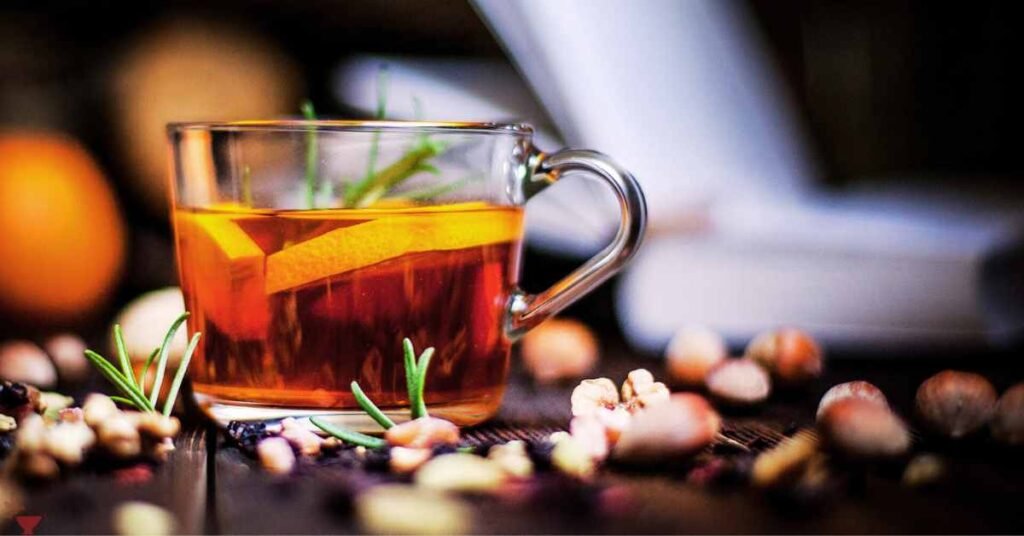Breakfast teas have long been a staple in tea-drinking cultures, particularly in the British Isles.
Among these, English, Irish, and Scottish breakfast teas stand out as distinct blends, each with its own unique flavor profile and characteristics.
This article explores the differences between these three beloved breakfast teas, delving into their origins, flavor notes, and ideal brewing methods.
English Breakfast Tea

Origins and History
English Breakfast tea is one of the most recognized and widely consumed black tea blends in the world.
Its origins date back to the early 19th century, and it is traditionally associated with the robust, hearty meals of the English breakfast.
The blend typically includes teas from Assam, Ceylon (Sri Lanka), and Kenya, known for their bold and brisk flavors.
Flavor Profile
English Breakfast tea is known for its strong, full-bodied flavor with malty and slightly sweet notes.
The blend is designed to be robust enough to complement a full English breakfast, which often includes eggs, bacon, sausages, beans, and toast.
Its rich and balanced taste makes it a versatile tea that pairs well with milk and sugar.
Brewing Tips
- Water Temperature: Use freshly boiled water (about 212°F or 100°C).
- Steeping Time: Steep for 3-5 minutes, depending on your desired strength.
- Serving Suggestions: Enjoy with milk and sugar or a slice of lemon.
Irish Breakfast Tea

Origins and History
Irish Breakfast tea, like its English counterpart, is a strong and robust blend.
It gained popularity in Ireland during the 19th century and has since become a morning staple.
This blend is typically dominated by Assam teas, known for their rich, malty flavors and deep amber color.
Flavor Profile
Irish Breakfast tea is notably stronger and more intense than English Breakfast tea.
The high proportion of Assam tea gives it a bold, malty flavor with a hint of astringency.
This makes it particularly well-suited for those who prefer a stronger tea that can stand up to the addition of milk and sugar, enhancing its rich and hearty characteristics.
Brewing Tips
- Water Temperature: Use freshly boiled water (about 212°F or 100°C).
- Steeping Time: Steep for 4-5 minutes for a strong brew.
- Serving Suggestions: Traditionally served with a generous splash of milk and sugar to balance its robust flavor.
Scottish Breakfast Tea

Origins and History
Scottish Breakfast tea, while less commonly known than English and Irish Breakfast teas, is equally beloved in its native Scotland.
The blend reflects Scotland’s love for strong and full-bodied teas, suitable for the often cold and damp climate.
It typically includes a mix of Assam, Ceylon, and sometimes Chinese teas.
Flavor Profile
Scottish Breakfast tea is the strongest and most full-bodied of the three breakfast blends.
It features a rich, robust flavor with a slight smokiness and a deep, malty undertone.
This blend is designed to be hearty and warming, making it a perfect choice for the Scottish weather.
Brewing Tips
- Water Temperature: Use freshly boiled water (about 212°F or 100°C).
- Steeping Time: Steep for 4-6 minutes to achieve a strong, robust flavor.
- Serving Suggestions: Best enjoyed with milk and sugar, though some may prefer it with a touch of honey for added sweetness.
Comparing the Three Blends
Strength and Boldness
- English Breakfast: Balanced and full-bodied, strong but with a slightly sweet undertone.
- Irish Breakfast: Stronger and more intense, with a predominant malty flavor from the Assam tea.
- Scottish Breakfast: The strongest and most robust, often with a hint of smokiness and deep malty notes.
Ideal Pairings
- English Breakfast: Versatile, pairs well with a variety of breakfast foods, from eggs and toast to pastries.
- Irish Breakfast: Best with hearty breakfasts like oatmeal, sausages, and fried eggs.
- Scottish Breakfast: Complements rich, savory dishes and is perfect for a substantial morning meal.

Serving Preferences
- English Breakfast: Can be enjoyed plain, with milk, sugar, or lemon.
- Irish Breakfast: Traditionally served with milk and sugar.
- Scottish Breakfast: Usually enjoyed with milk and sugar, though honey can be a delightful addition.
Final Word
While English, Irish, and Scottish Breakfast teas all share a common purpose as morning beverages designed to complement a hearty breakfast, each brings its own unique characteristics to the table.
English Breakfast tea offers a balanced and versatile flavor, Irish Breakfast tea provides a stronger, maltier experience, and Scottish Breakfast tea delivers the most robust and full-bodied profile.
By understanding these differences, you can choose the perfect breakfast tea to suit your taste preferences and start your day on the right note.




